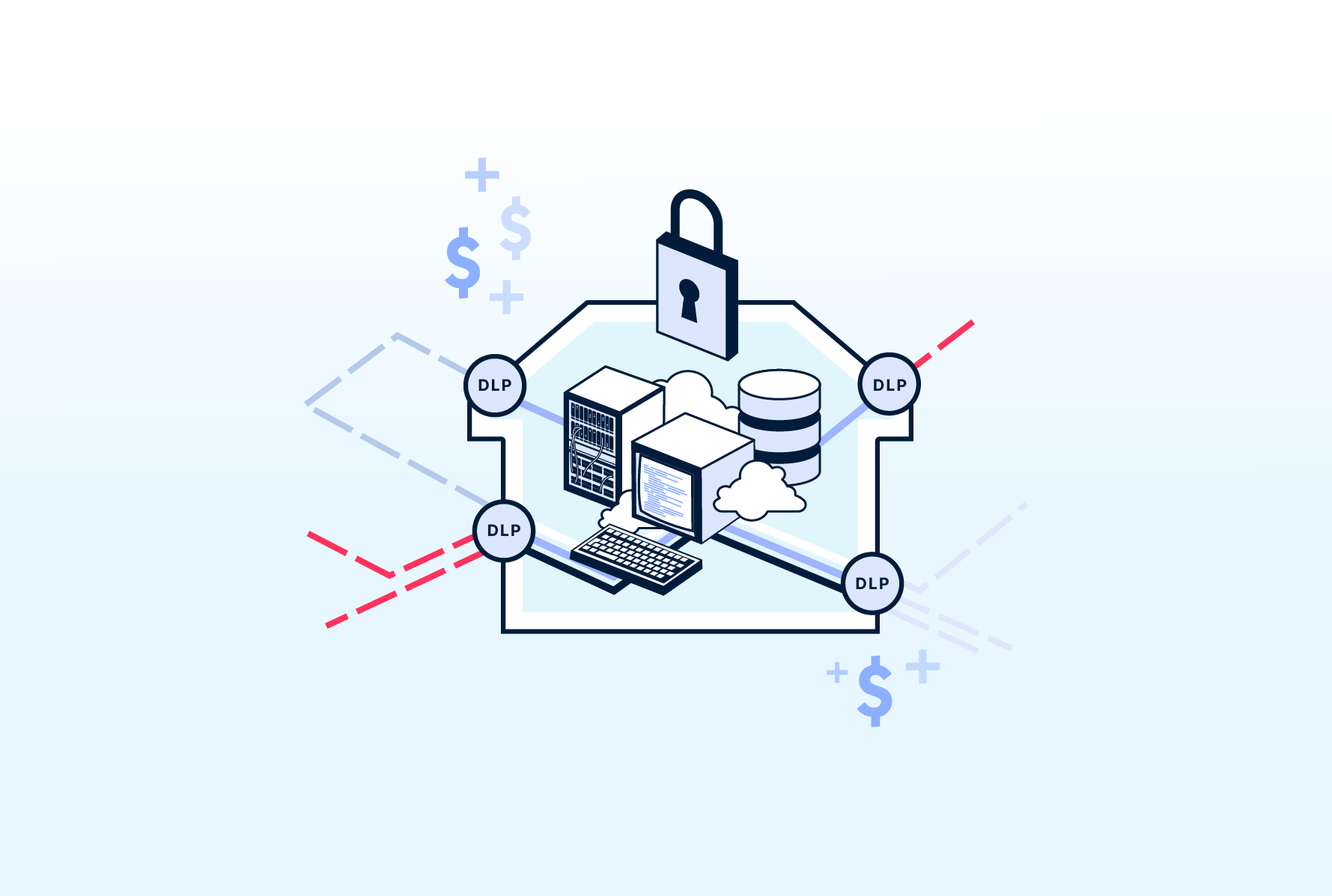
Legacy DLP is costly, complex, and ineffective. DataStealth secures data with real-time tokenization, reducing tool sprawl, cutting costs, and protecting email, cloud, and legacy systems—backed by a telecom ROI case study.
Data Loss Prevention (DLP) might be one of the biggest operational and financial black holes facing your cybersecurity efforts. You need a specific solution for email, a Cloud Access Security Broker (CASB) for cloud apps, and agents on every endpoint. The licensing costs escalate, the management overhead consumes your best analysts, and yet, the same question echoes from the board and the CFO: "Are we demonstrably more secure for all this spending?"
For too many security leaders, the honest answer is a frustrating "maybe."
This reactive cycle of plugging visibility gaps with more point solutions creates a fragile, complex, and brutally expensive system. It’s a strategy that guarantees alert fatigue and budget overruns, not risk elimination. You wish you could stop funding the problem and, instead, find a way to gradually unwind it to make your data security strategy scalable and resilient.
Legacy DLP tools are built on a workflow that is today inefficient and prone to failure. This isn't a fault of you or your team; it's a flaw in the architecture itself.
The process demands constant human intervention at every stage, creating a downward spiral of complexity and cost:
The architectural flaw of traditional DLP forces organizations into a vicious cycle of tool accumulation.
It starts with one gap – say, email exfiltration. You deploy a secure email gateway with a DLP. Then you discover data moving to cloud apps, so you add a CASB. Then you worry about USB drives and print jobs, so you roll out endpoint agents.
Each step, taken in isolation, seems logical. But the cumulative effect is a security posture that is weaker, more expensive, and more complex than intended.
Instead of building bigger, more complex walls around your data, the most effective alternative is to make the data itself worthless to an attacker.
If the asset itself is de-risked, its location becomes irrelevant.
This is the principle behind a new class of technology – the Data Security Platform (DSP) – and it’s the core of how DataStealth operates.
DataStealth is not another DLP tool to be added to your stack. It is a platform that allows you to simplify and strategically dismantle that stack. It operates on a different principle: securing data in motion.
The result: a user in a contact center or an analyst in a test environment sees data that looks and functions like the real thing, allowing them to do their job without disruption. But the actual, sensitive data was never stored on their machine, exposed in their application, or sent to their browser. If that tokenized data is ever leaked, it is useless. The risk is neutralized at the source.
This model changes the conversation. Instead of asking for more budget to plug another gap, you can present a clear, phased plan to reduce cost, complexity, and risk – simultaneously.
Because DataStealth is agentless and requires no changes to application code, it can be deployed to protect high-risk data flows immediately, delivering value in weeks, not years.
This capability allows you to systematically decommission expensive, overlapping DLP tools, proving a direct ROI by eliminating licensing and maintenance costs.
The theory is sound, but the proof is in the execution – especially against the most challenging legacy environments.
Our latest case study details how a leading telecom giant broke the cycle by securing its most critical and challenging asset: live data flowing from its IBM DB2 mainframe environment. This document provides a technical blueprint for how they:
This is not just another tool. It's a strategy for simplification and a direct path to measurable risk reduction.
Bilal is the Content Strategist at DataStealth. He's a recognized defence and security analyst who's researching the growing importance of cybersecurity and data protection in enterprise-sized organizations.